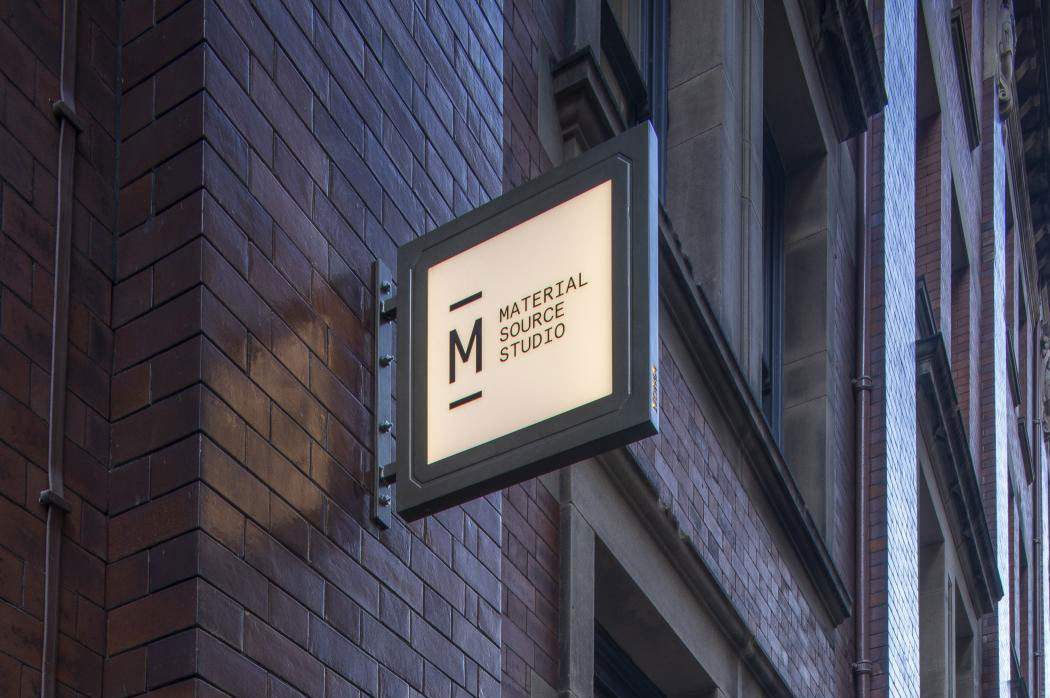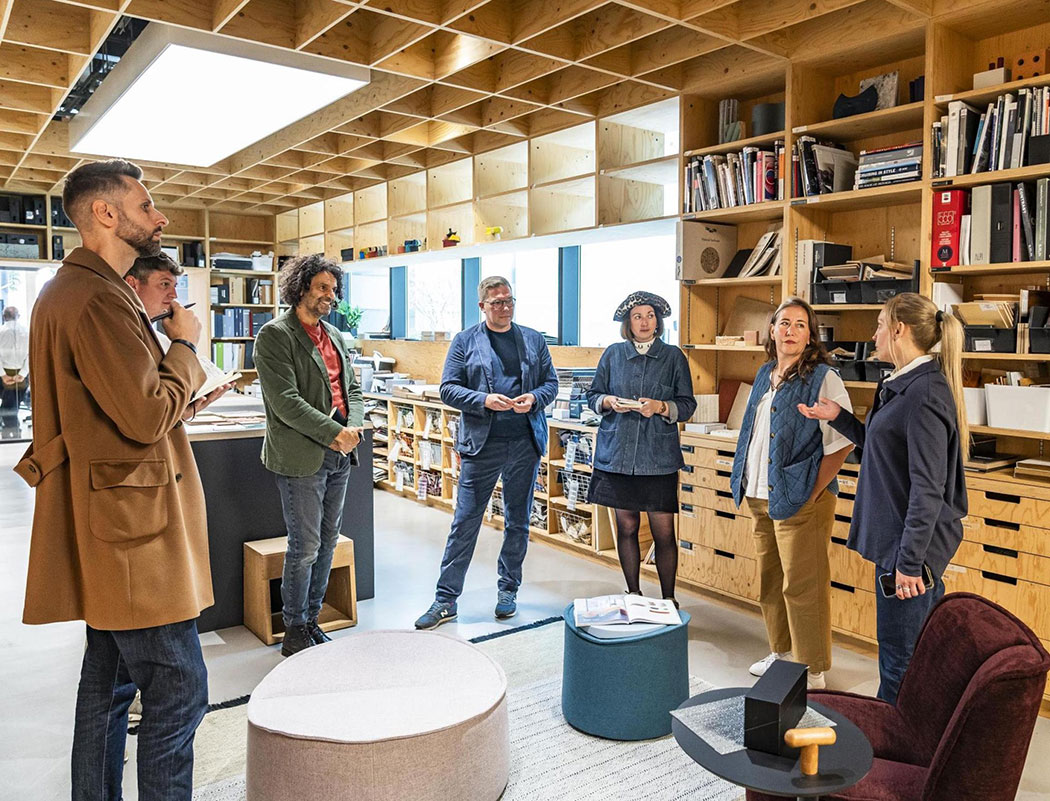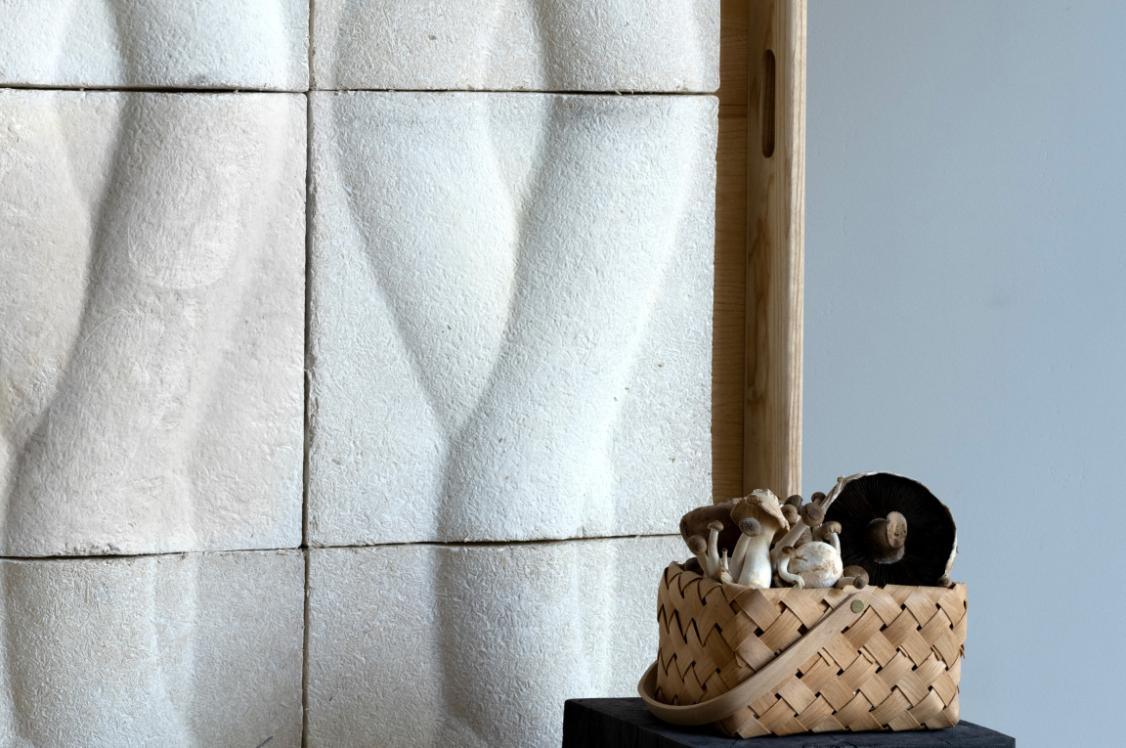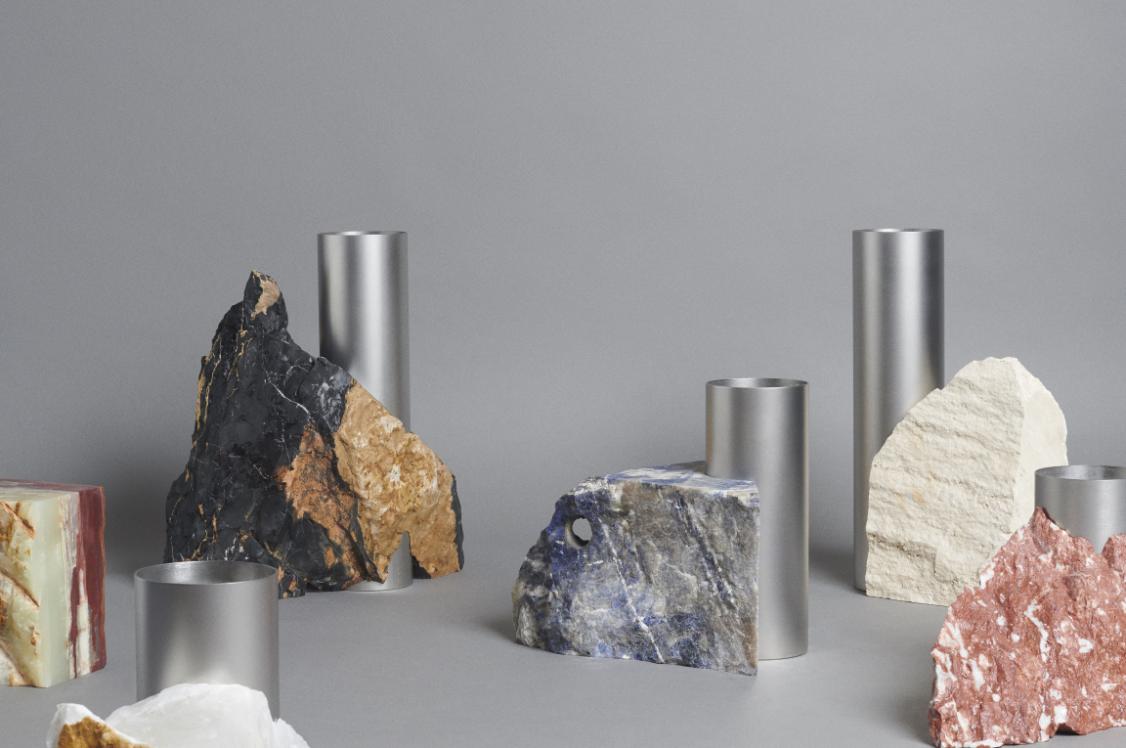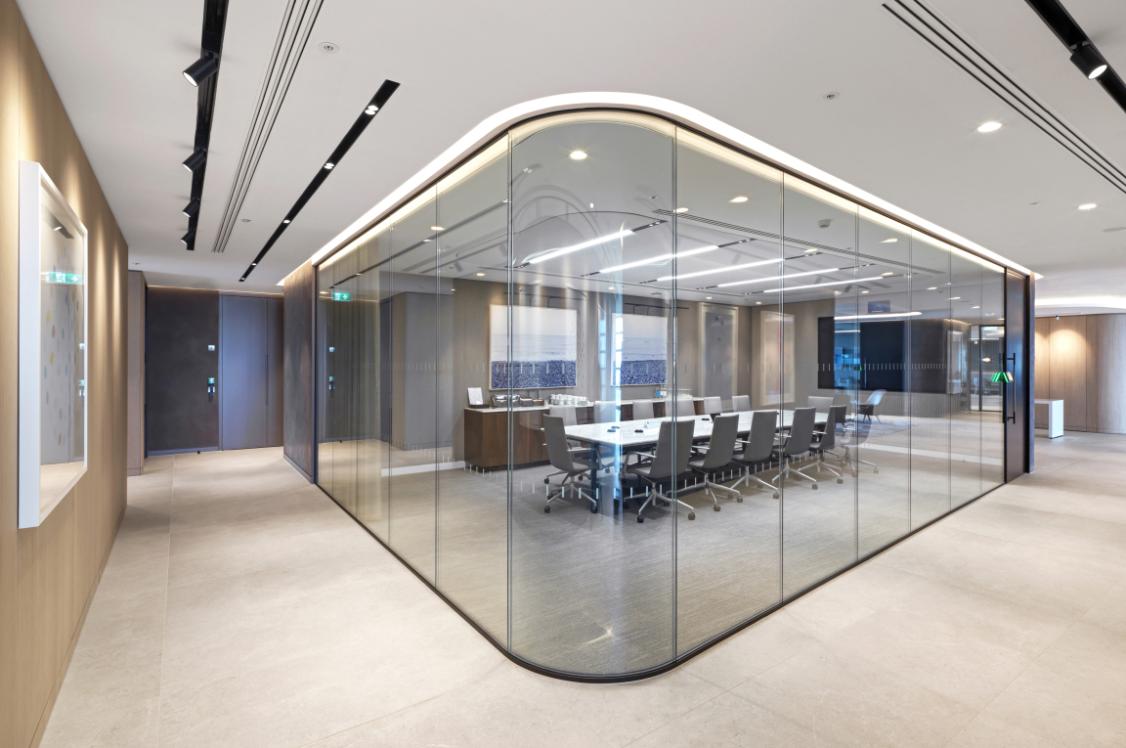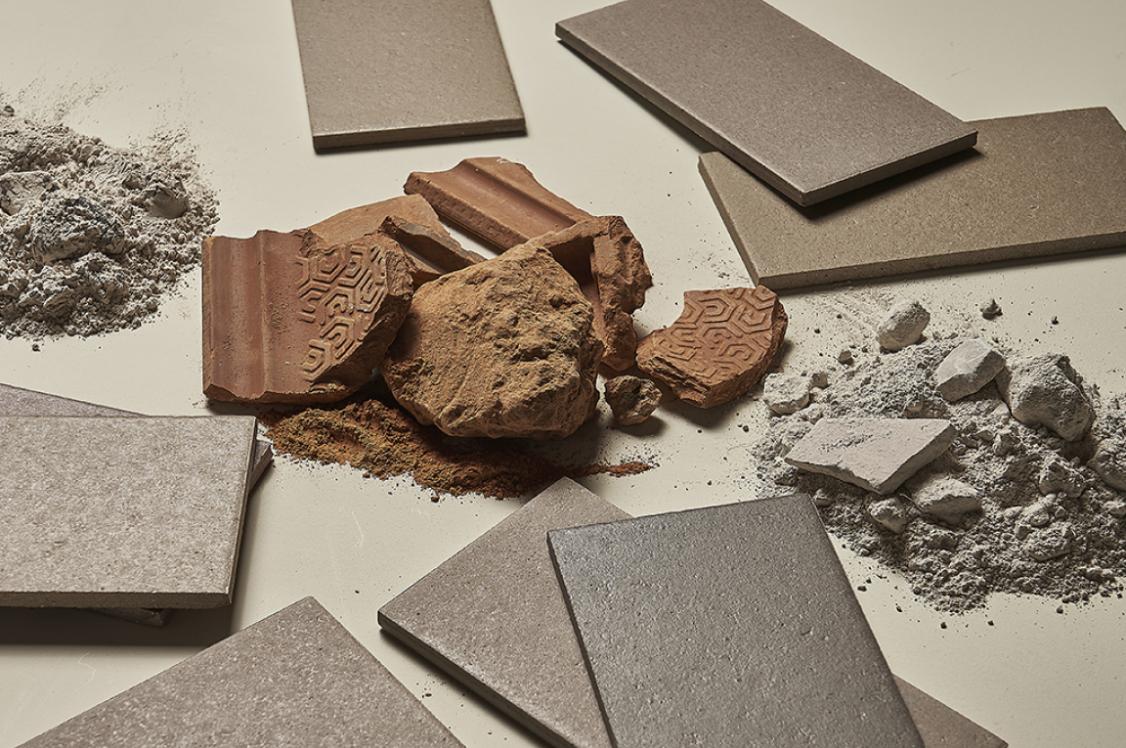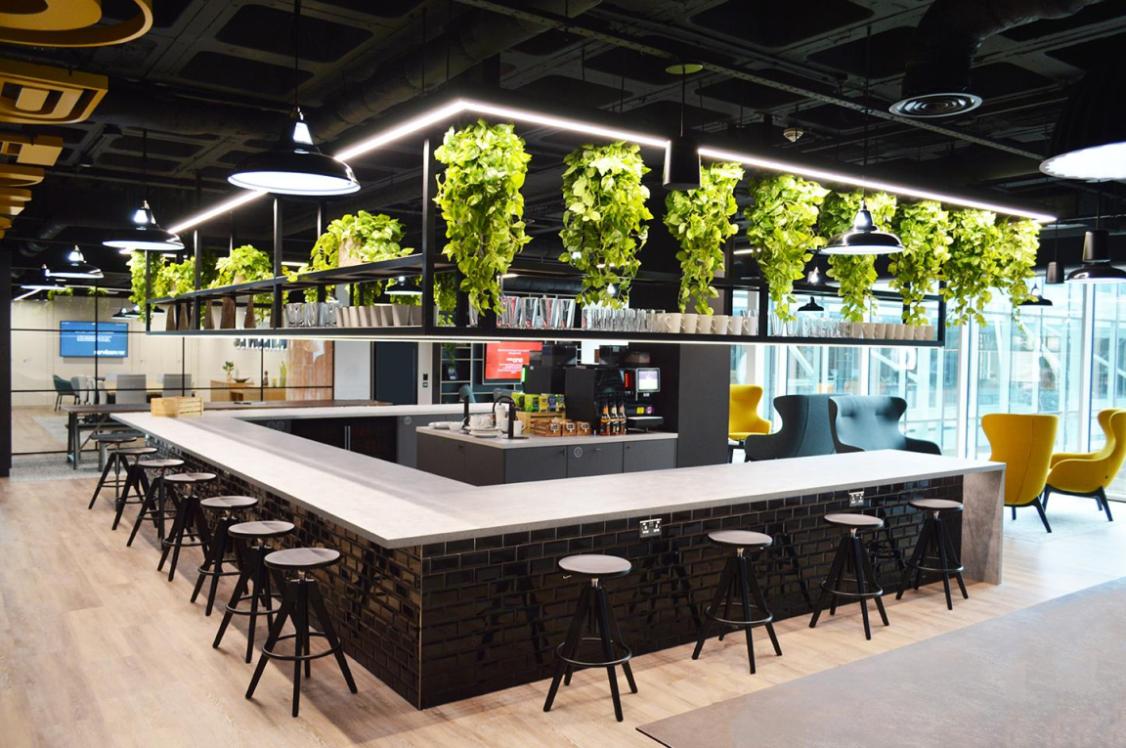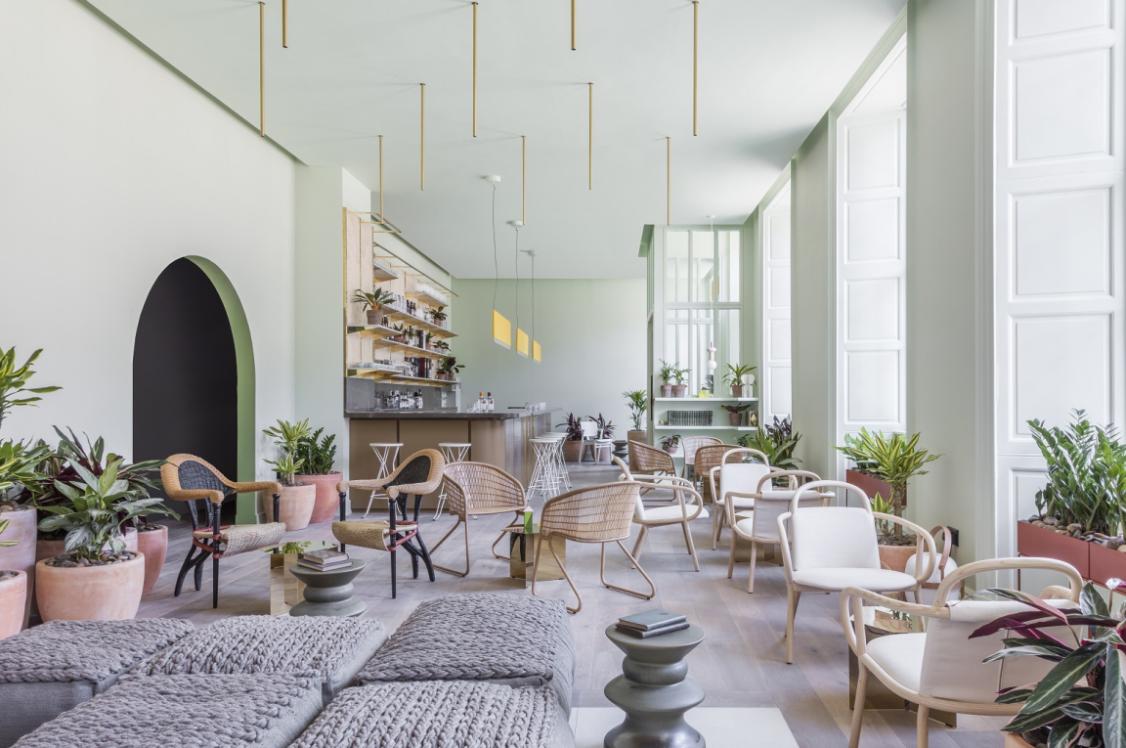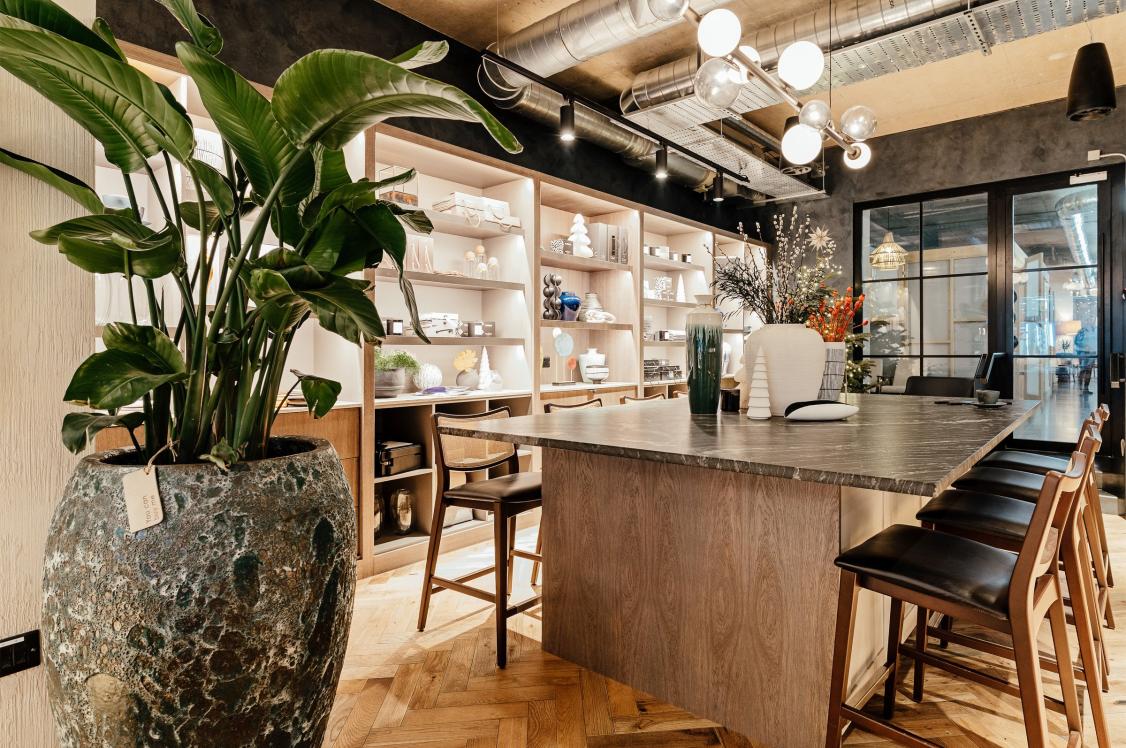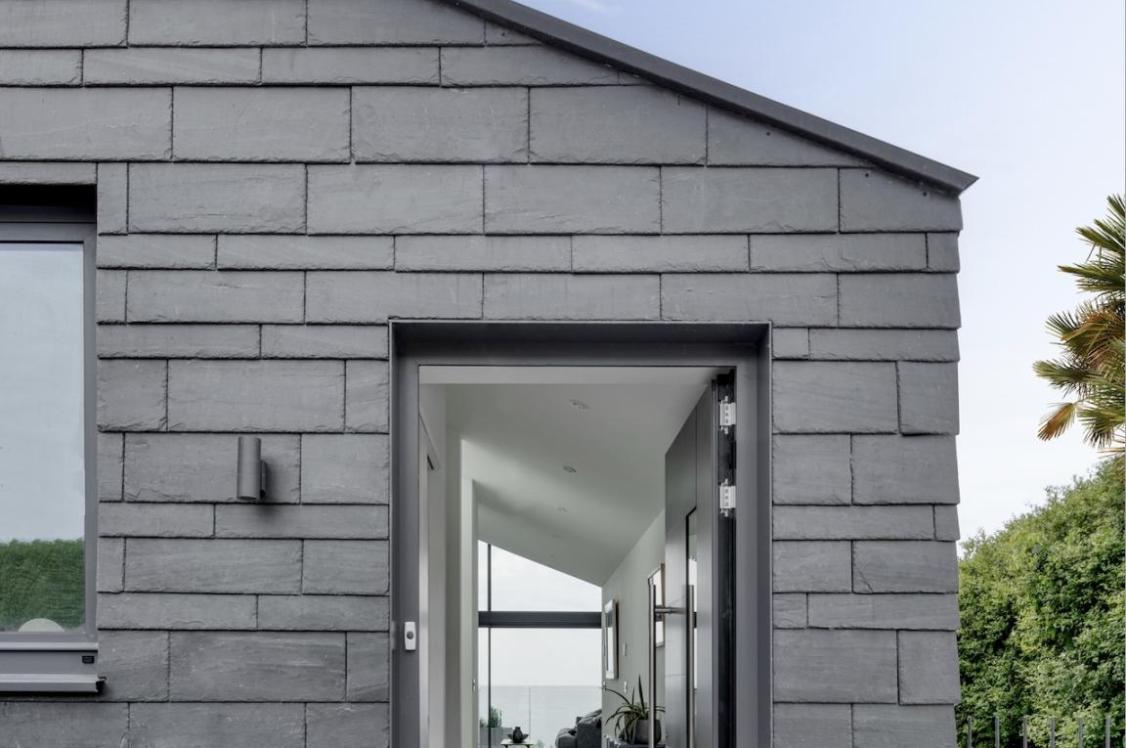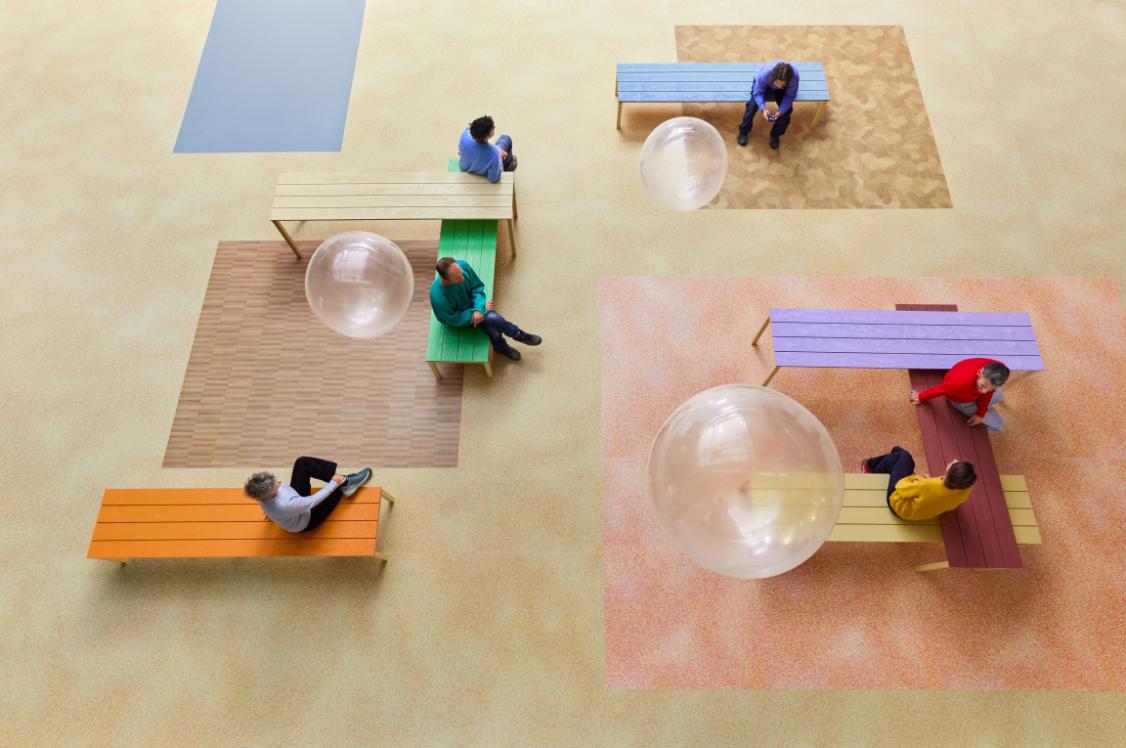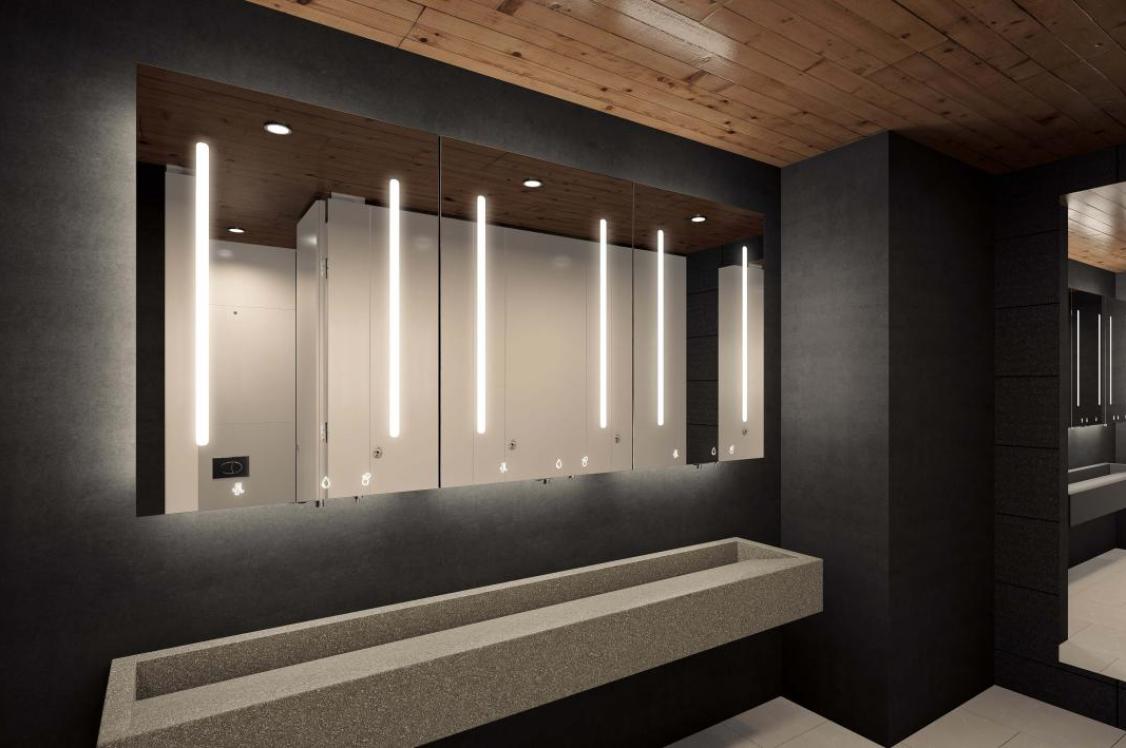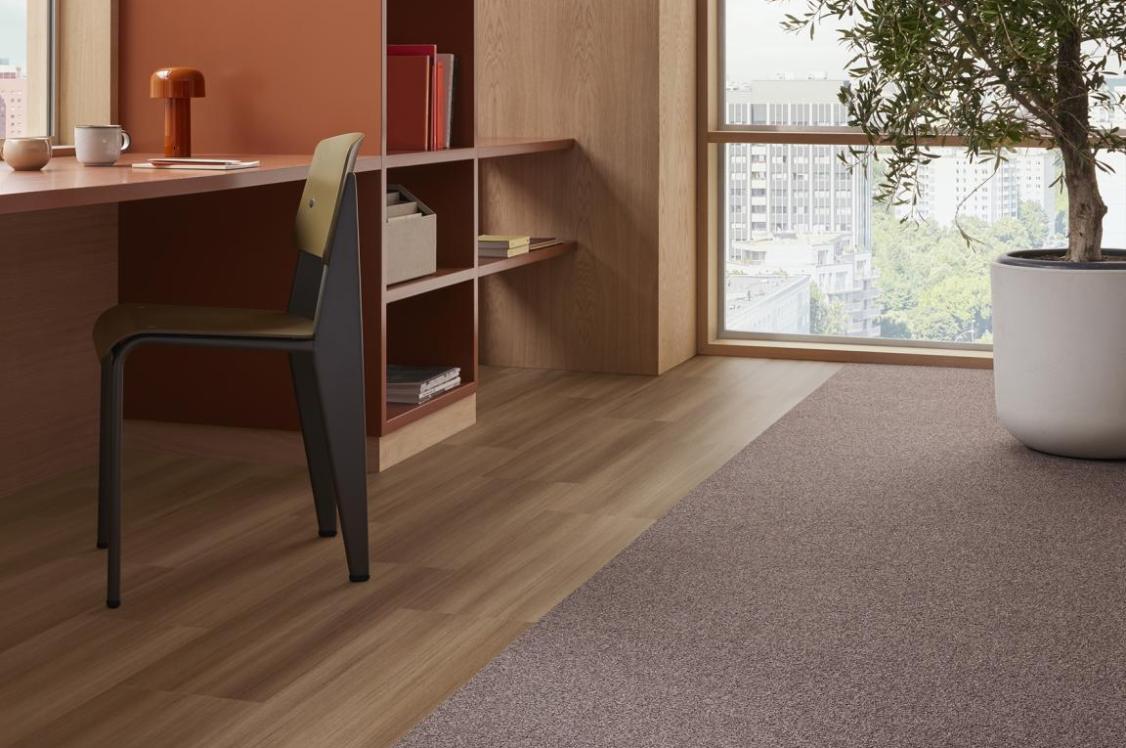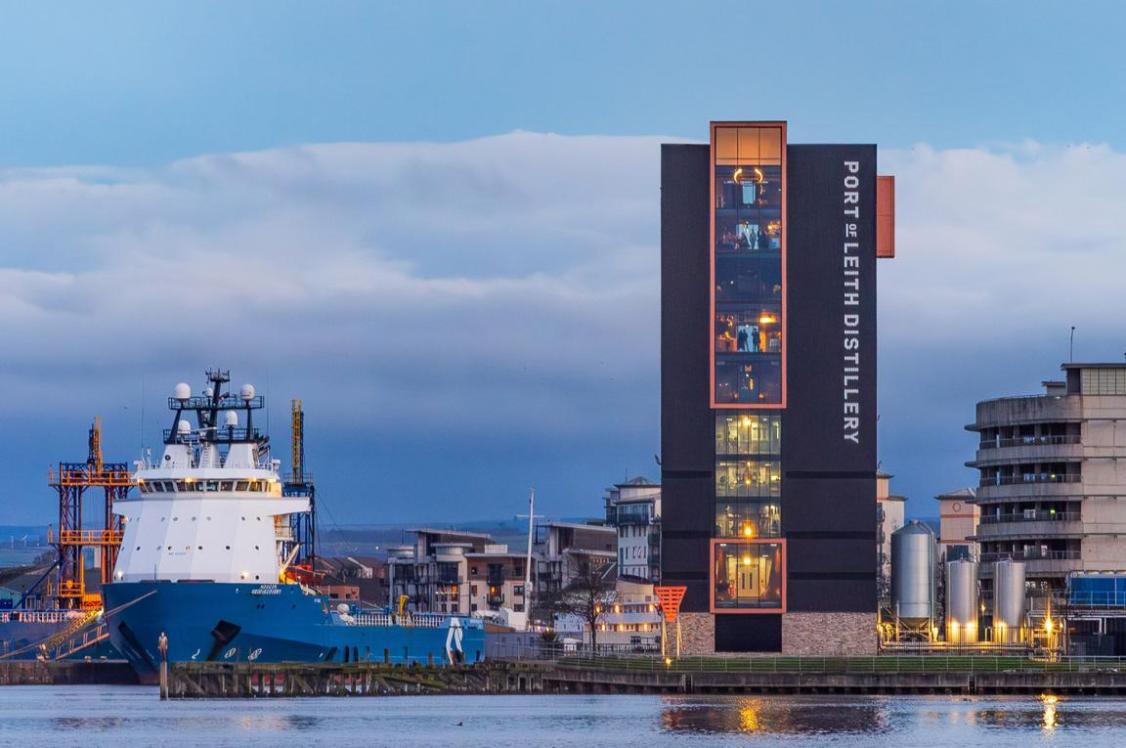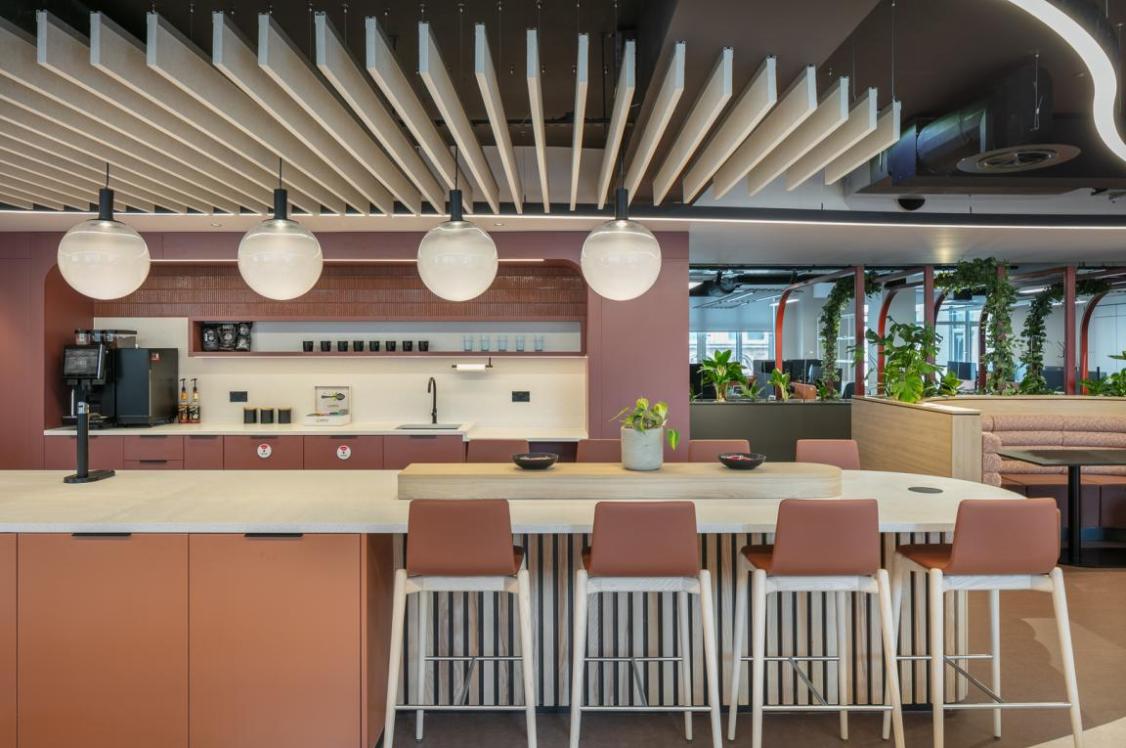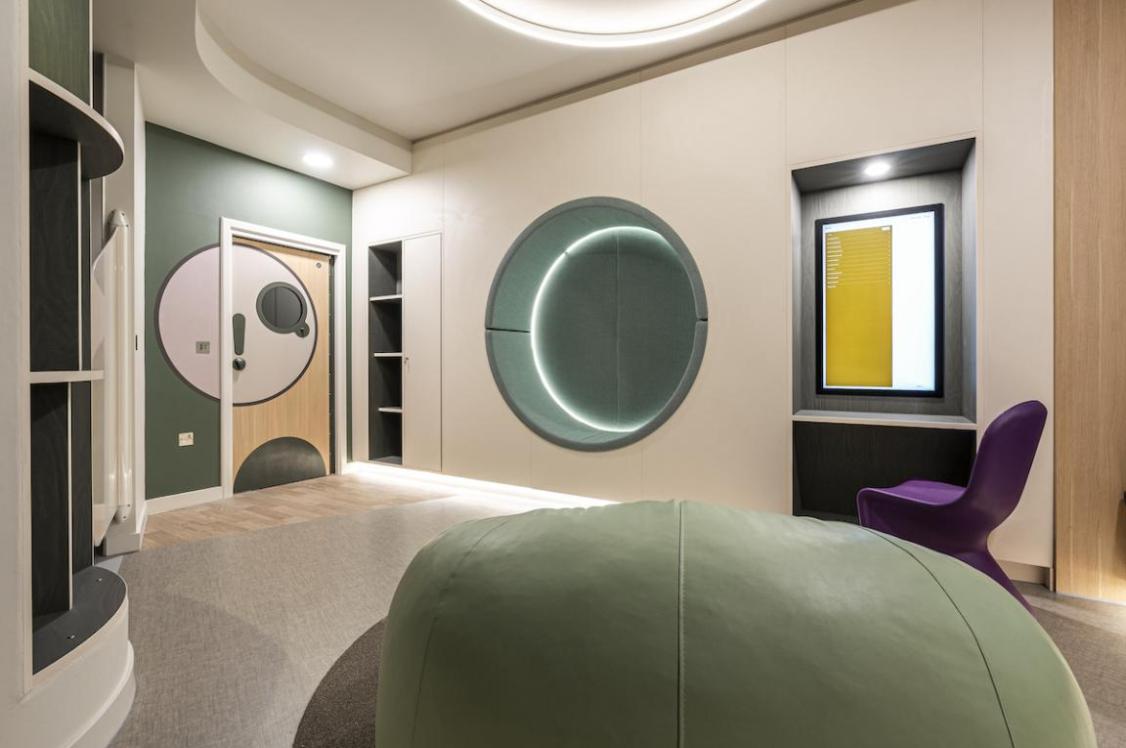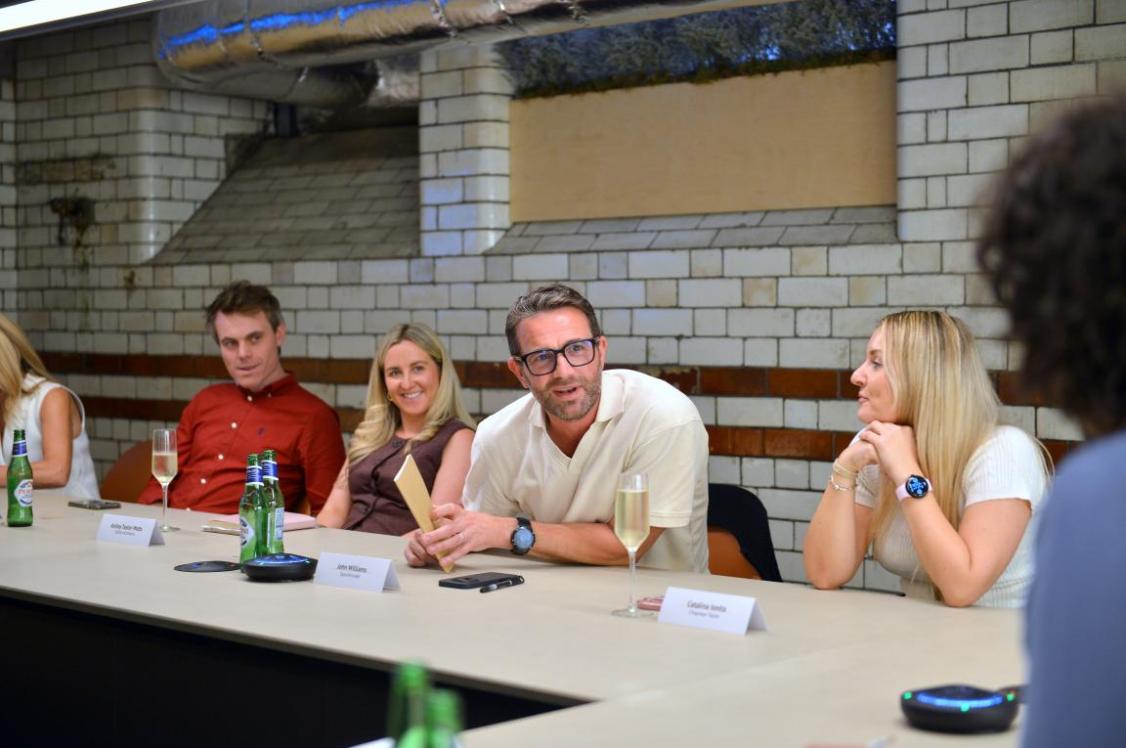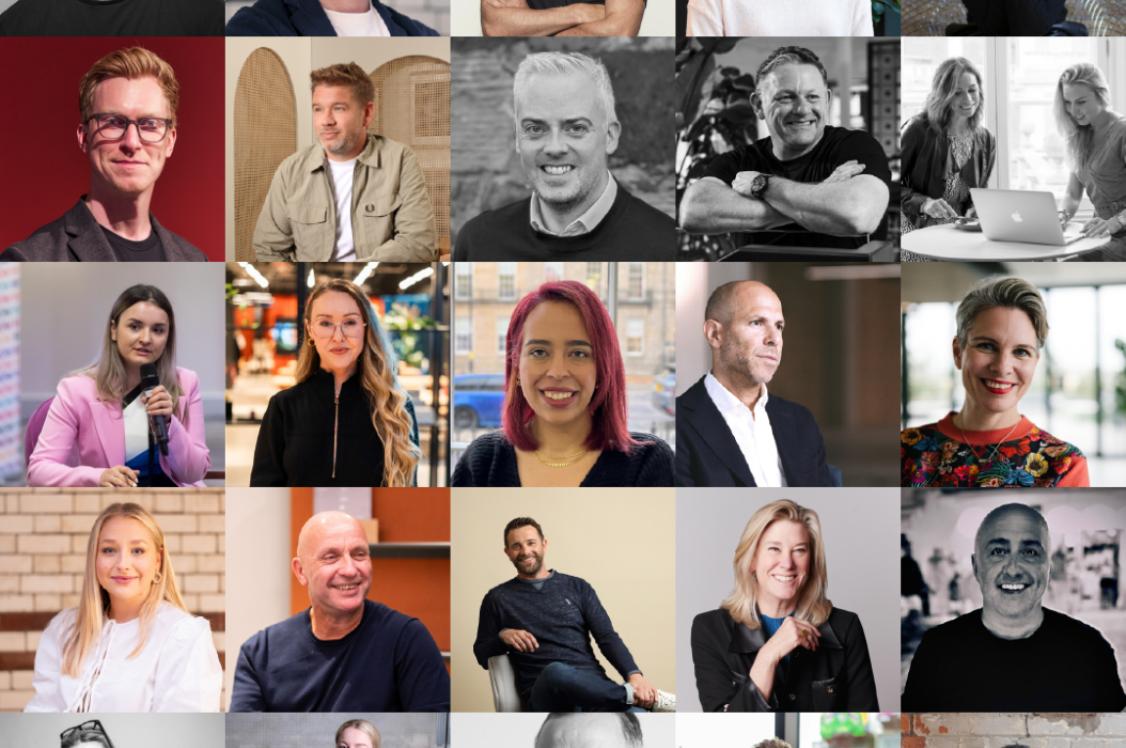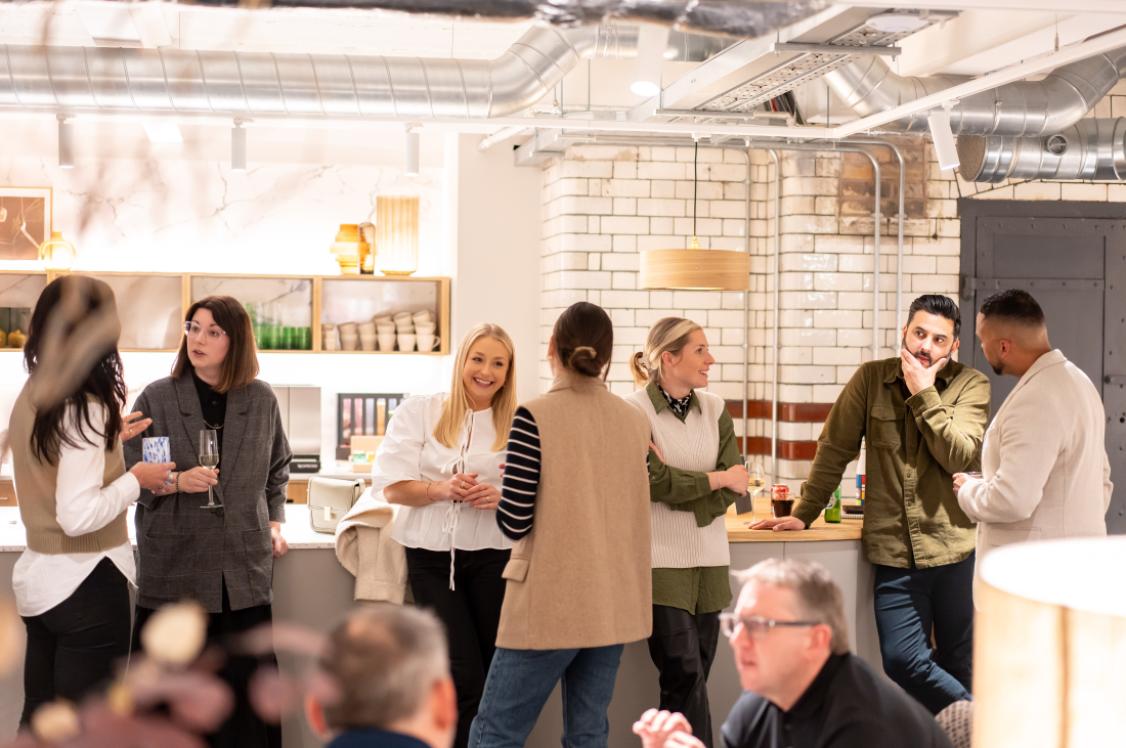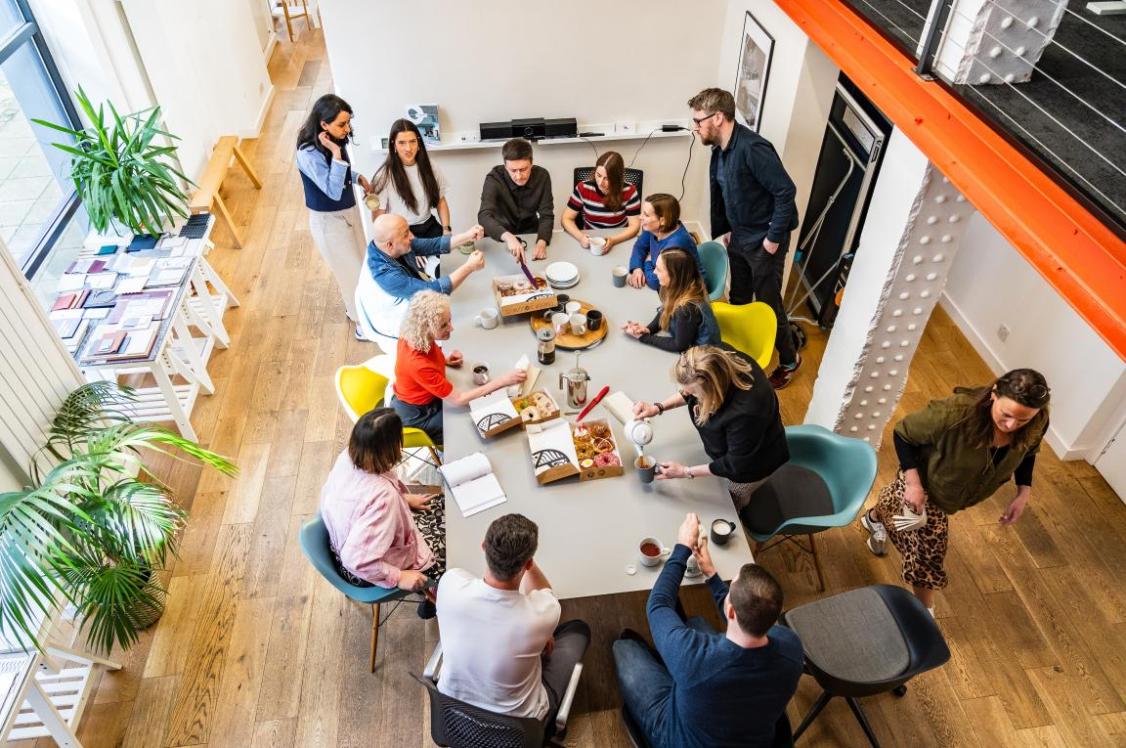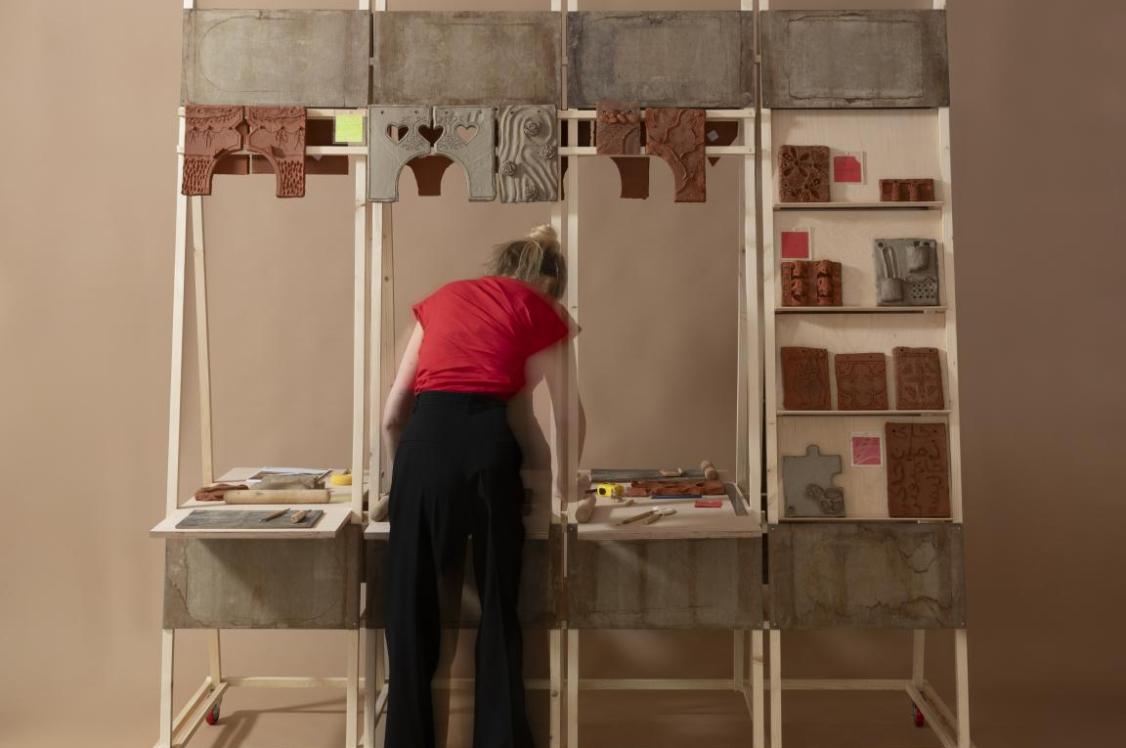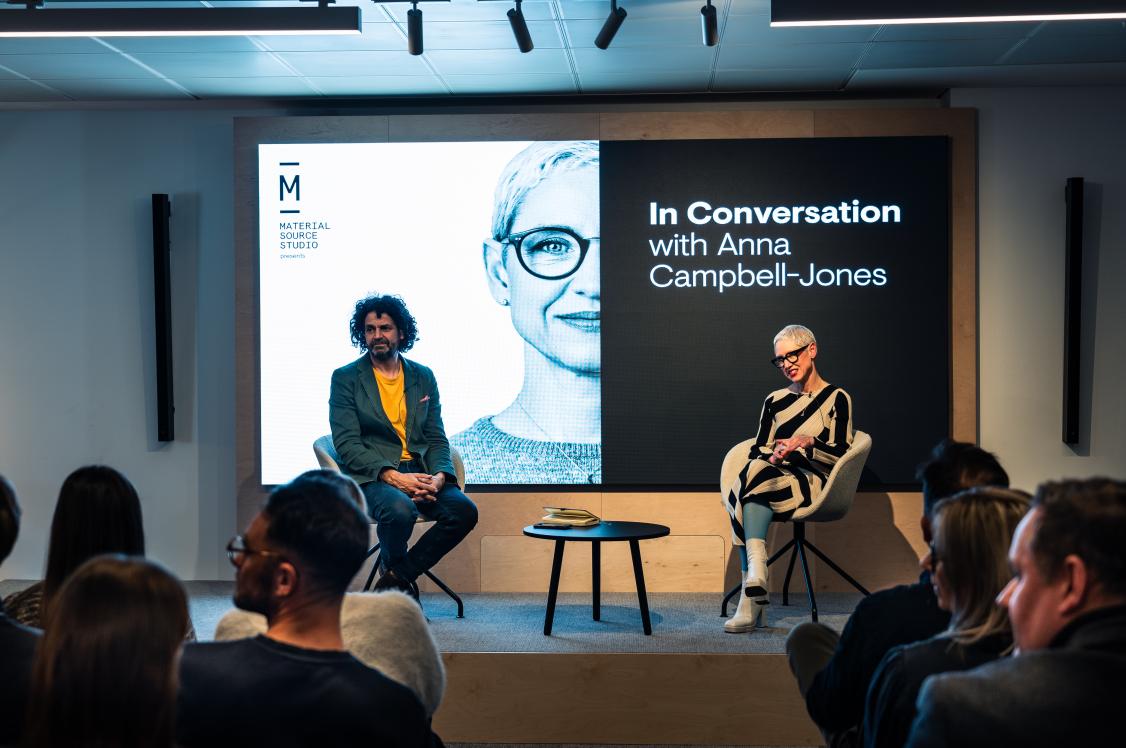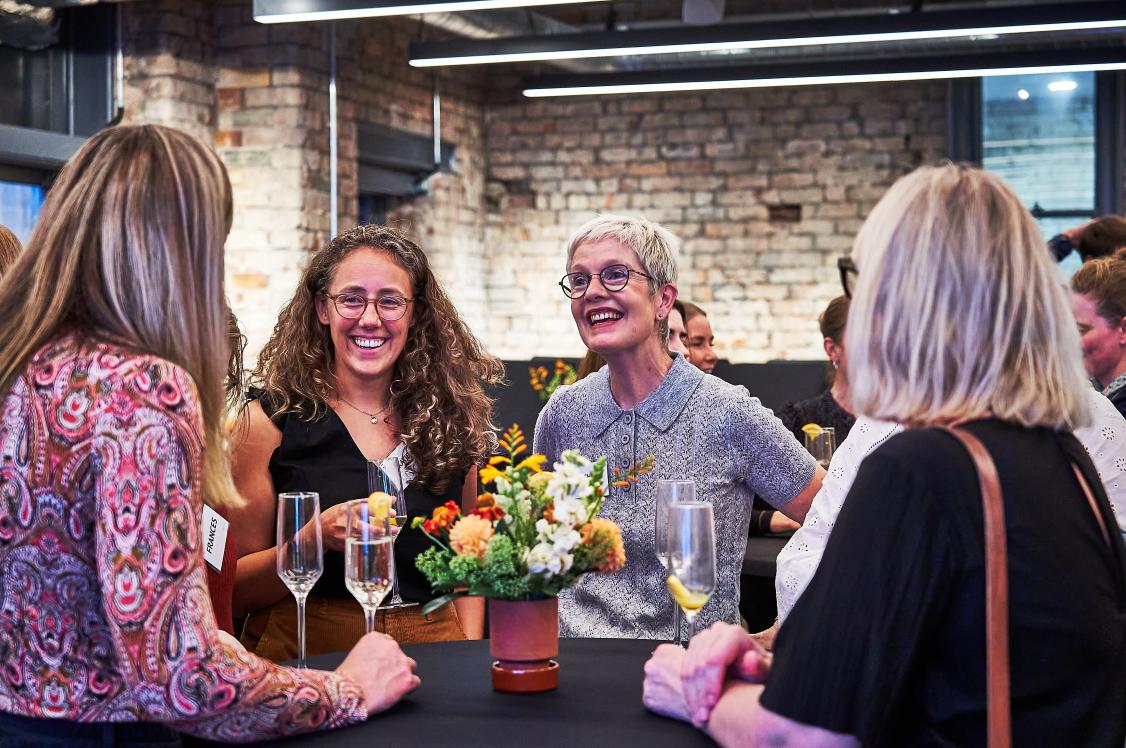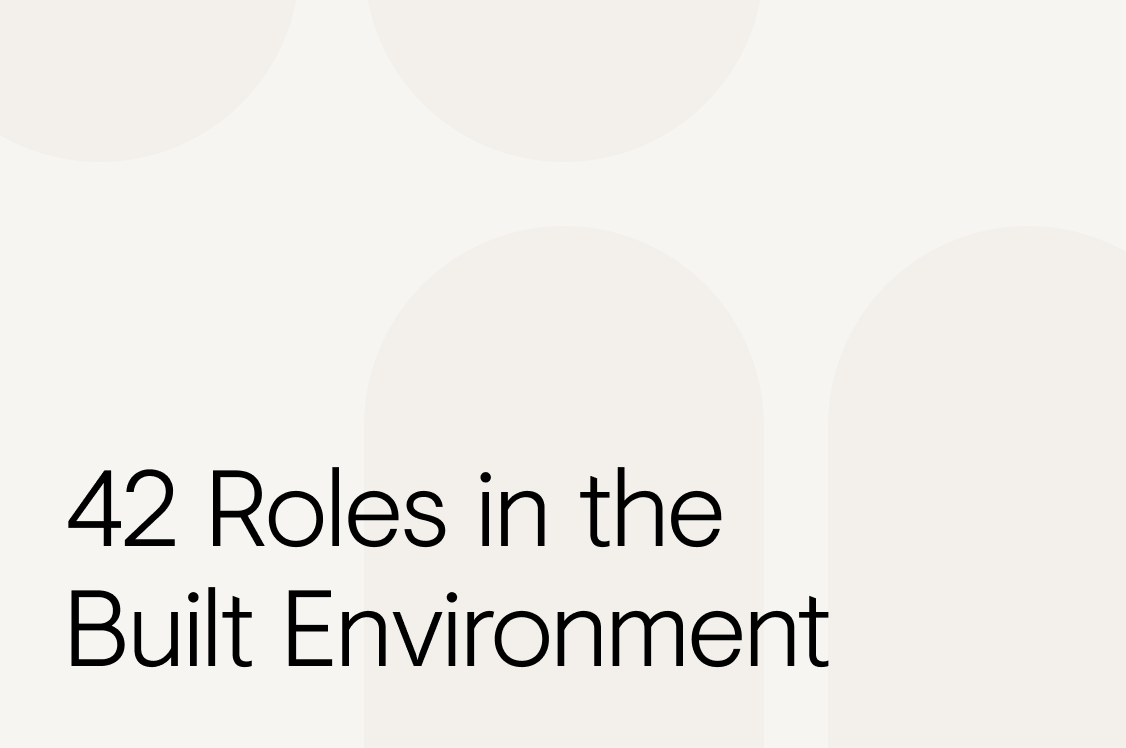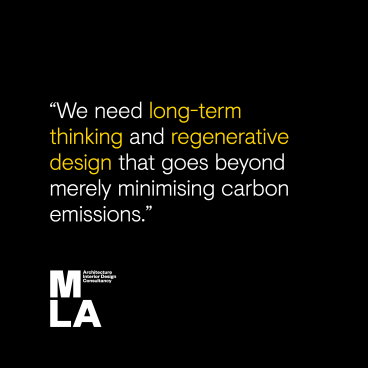Carbon-12: SimpsonHaugh.
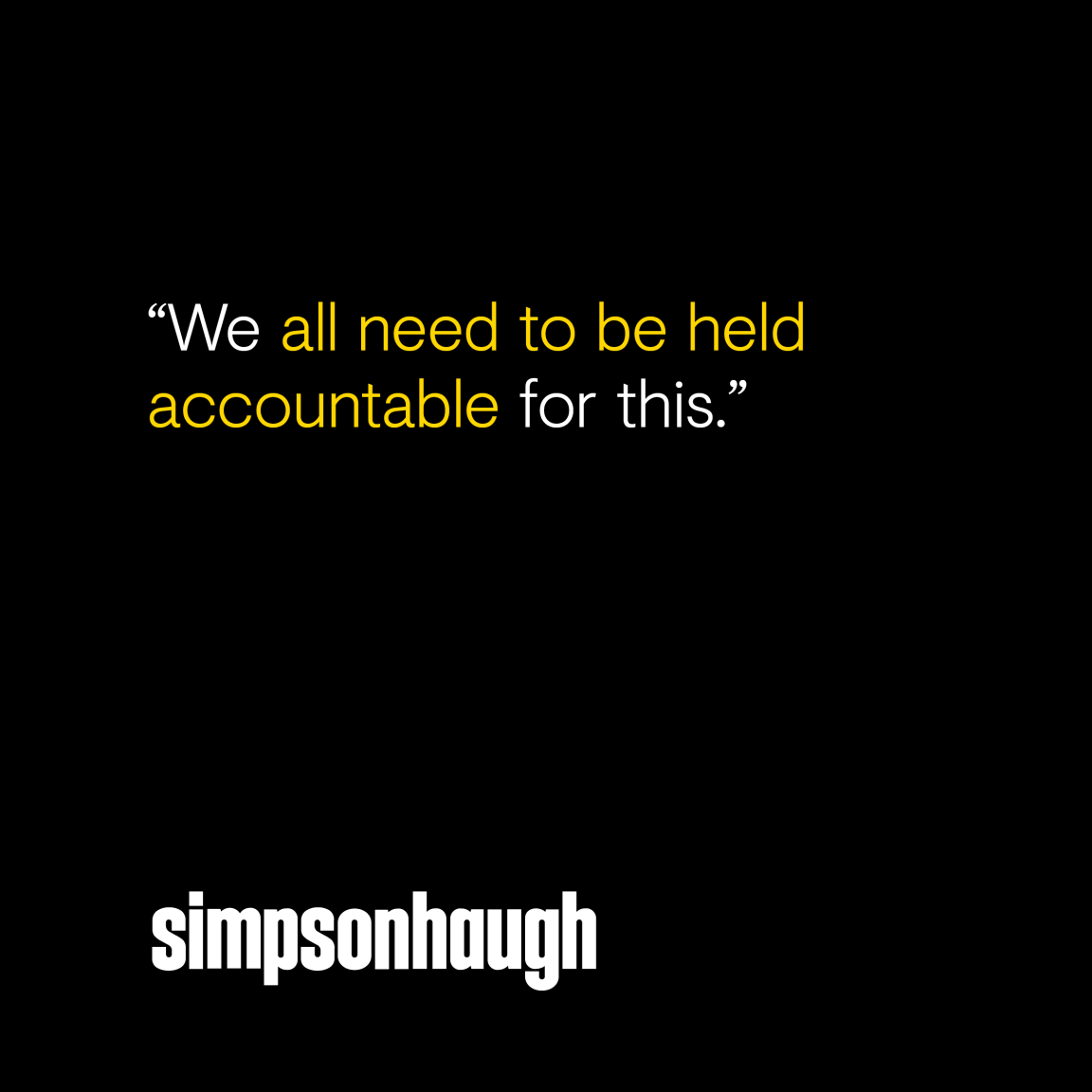
Architecture practice, SimpsonHaugh, was founded in 1987 by Rachel Haugh and Ian Simpson who shared the belief that "innovative architectural thought has the power to shape and transform our cities."
Reinforcing these guiding principles across a portfolio of work ranging from masterplans to interiors, SimpsonHaugh applies a creative and bespoke approach to every opportunity.
Having made a huge impact on the city of Manchester's architectural landscape, and being no strangers to the retrofit and repurpose of heritage buildings as part of this, we were keen to find out more about how sustainability, and more specifically carbon, is approached by the team led on the environmental consciousness front by James Hind.
Here, as part of Carbon-12, James talks us through SimpsonHaugh's stance on carbon - past, present and future.
What’s your role in terms of sustainability?
“I'm a partner at SimpsonHaugh Architects, based in Manchester, and sustainability lead across all our studios, Birmingham, Manchester and London. Whilst we haven’t set out to define the exact parameters of the role, I see it as two-pronged.
“The first is an internal focus, which is around broadening our knowledge base, developing that knowledge within specific teams, and really developing our response to the climate agenda, internally.
“And the second is around communications externally, so promoting our activity and our projects. This includes the practice being a signatory of Architects Declare, sponsors of the UK Net Zero Carbon Buildings Standard, and our recent involvement with Manchester Climate Change Partnership, to name a few examples.
“In general, as architects, we tend to let the work speak for itself. Consequently, this means our most prominent projects become what we’re known for and it's therefore important that we are showcasing other positive achievements, using narrative and storytelling.”
What is SimpsonHaugh's stance on lowering carbon?
“We like to approach each project as an individual creative opportunity, so whilst there is perhaps a common agenda on topics like sustainability and placemaking, we don't approach every project in the same way. It's very much around context and site - every project is uniquely influenced.
“As such, we don’t have a set sustainability team that sits outside of the project teams. Members of our internal sustainability group are integrated into multiple design teams, working across the studios. This results in a dissemination of knowledge throughout the practice and creates a feedback loop that informs the actions of the sustainability group based upon live project scenarios.
“Sustainability is generally driven through the practice, rather than being an isolated or additional element, which I think ultimately is a benefit. In the short term, whilst we're upskilling, we are managing that knowledge base alongside doing our day-to-day project work at the same time.
“When we think about lowering carbon specifically, it's interesting looking back across nearly 40 years of the practice. And actually, I suppose, like quite a lot of practices starting up in the late 80s, early 90s, most of the work at that time was focused on the reuse of existing buildings. And based in Manchester, particularly, there was a huge opportunity to work with existing buildings at that time. There still is.
“A lot of our focus now really is around reconnecting with some of that early work. Perhaps, at the time, it could have been regarded as a stepping stone - they weren't glamorous projects, particularly - but actually they're a really important part of our practice culture and heritage, and so a lot of this now is about reframing that and bringing that back into our culture.
“There's a huge amount of expertise around that, and the conversation’s moved on, rightly so, to retrofit and repurposing our existing building stock.
"There is a lot on our low carbon agenda that's always been there, but we perhaps didn’t realise it at the time."
“I think there are still a number of our projects, particularly our work with existing buildings, that probably go slightly under the radar. When we look across our portfolio, currently, most of our work is in the high-density residential sector. So, the question around ‘what is our low carbon stance for high density residential?’ is a complex challenge, and it is a key area of our current focus.
“In the commercial sector, there’s a more mature market. There's a lot more stakeholder engagement there that is focused around the low carbon agenda. I think with high density residential, it's moving in the right direction. But obviously, with the current industry and the climate that we've got - post Grenfell, post Gateway 2, the new 9991 - these are all very specific, industry-led criteria that govern particular outcomes. And I think to weave the low carbon agenda through that is really challenging but rewarding.
“We've been involved with Manchester Climate Change Partnership for the last two or three years, and as part of those conversations, we believe that targeting the sectors responsible for the majority of buildings can produce huge benefits through even small changes.
“I think it's quite a privileged position to be in the residential sector of the market – to try and bring improvement through lower carbon solutions.
“However, it is important that we don't simplify this of course, because it's multifaceted. All of these kinds of questions become weighted around several different criteria. But for us it’s around material use, and supply chain, and it's really about understanding where the things we're specifying are coming from.
“As an example, we've periodically done some work in the aluminium supply chain. Understanding where the source material for the aluminium, used in any form throughout a building, is from, is crucial, as it significantly impacts the overall embodied carbon.
“We know that there are opportunities, for most of the materials that we use, for reducing that embodied carbon. And that's important. The more we know, the more we can affect change.
“We're in an industry where the supply chain is really fractured and fragmented, especially with design and build. I think one of the factors in the golden thread could be an alignment for what you specify at the beginning, and how that actually gets onto a building. Potentially, we could become much more in control of that route.
“With typical design and build, we're not commonly in a position to exert significant influence. Yes, we can specify something, but then supply chain comes on and takes a lot of that. We need to be much more aware of what our early impacts are, and around how that later process gets steered.
“Over the past 30 years, D&B has greatly benefitted from engaging specialist contractors who really do understand how things are made - particularly the complex elements. But in terms of control, you write a specification and develop a design to a certain point, whether that's stage three or stage four, and then you're handing it over to a specialist contractor to complete the detailed design. Clients also have a really important role in this process. It's important that we have the same conversation with client teams so that they're as invested in their outputs as the designers are.
“There’s another part to this, which is driven by our passion to densify cities. We haven't necessarily started to get full metrics around this, but we do believe that the densification process is part of the bigger sustainability story. I think cities can become real sustainability epicentres with people colliding and moving and interacting with each other.
“We can look at low energy transport, increased pedestrian movements, better supported cycling, better active travel. You know, there's a broader sustainability agenda going on. And I think we're quite keen to expand that conversation away from just the building as a product.
“Embodied carbon and all the metrics around individual buildings are really, really important. We're not trying to kind of get away from that. But I think actually there's a broader conversation to be had around the need to build homes and communities - how do we do that as a culture, and do we want to have that densification within our cities? Or do we want people to live in the satellite areas? We fundamentally believe that it's the former, and that we should be focusing on the former for the broader sustainability discussion.”
Is there a desire from clients to be 'more sustainable' - or is the drive internal?
“I’d say it's a bit of both. There's definitely the drive from our side, but clients are now much more aligned to this, and I think that's partly due to a couple of factors.
"For commercial buildings, ESG principles from funders have been drivers behind commercial building design."
"And there's a drive from occupiers to be in spaces that are inherently better for health and wellbeing.
“The residential sector is not as mature, but with the rise of BTR, I think it will probably develop as people gain more options regarding their living arrangements and lifestyles. Being based in Manchester, a lot of our work is linked to efficiency and economics. Projects are barely viable at the best of times. And so, the conversations around any kind of building are how we can do it as efficiently as possible.
“And those are not mutually exclusive factors. There's a lot of shared criteria that underpins that, mainly around using less. If we can reduce the amount of material that goes into a building, it becomes cheaper. And therefore, that cost reduction should also be a benefit in terms of carbon reduction. So, we're constantly challenged to produce these buildings in the leanest possible way.
“Aside from the obvious sustainable piece, it’s also longevity of products and longevity of material quality as well. We take our responsibility in the city very seriously. Buildings should be around for generations, in the same way that the buildings that we've inherited in the city are still here.
“We're part of an industry where the solution is usually to add something, to create something, or to build something. And therefore, inevitably, we're going to be creating something that uses material. So, the responsibility really is on us to think about how we curate that as carefully as possible and get the best out of it.
“As we move through this carbon reducing process, I think we'll see more and more clients realising the benefits in the same way they have done with commercial.”
How will the UK Net Zero Carbon Buildings Standard aid/challenge you?
“It’s definitely a help - we are a bronze sponsor, and we worked on its creation. My colleague, Jack Poulton, who you know, was seconded to the UK Net Zero Carbon Buildings Standard as an analyst. And that came out of our work with Manchester Climate Change Partnership. We've been involved with MCCP for the last three years, working with Samantha Nicholson and her team.
“There's an interesting parallel between UK NZCBS and what we've been doing with MCCP up here in Manchester, which is really around putting forward an agenda that can be fed into the local plan. Very much around steering policy, which I think is really positive. And having been involved with that, we saw an opportunity for a similar level of work with the Standard.
“We worked quite closely with David Partridge to help communicate it up in Manchester. We had a number of sessions last year with David and his team to bring together industry professionals to share what they were doing, and then once the Standard was published, to encourage feedback and interaction. I think we feel very protective of the Standard.
“Whilst we haven't had a huge role to play, I think that it has a huge number of benefits. It brings clear definition to net zero – before it was a bit like the Wild West in terms of what documents people were following. I think the most important thing it does is focus this conversation. It brings the discussion to Approved Documents, and Part Z, where there’s a lack of anything that exists nationally.
“There are challenges too. It is quite hard to get clients and building owners and occupiers engaged, because it's voluntary, and it can be seen as ‘yet another hurdle - what am I going to get out of this?’ As well as a national Standard, the supply chains need to ramp up and provide solutions to help. Then the better we all are in being able to deliver and meet these Standards. It will focus all the supply chain on the same thing.
“We all need to be held accountable for this. And if a Standard goes across the board for all projects, then it's equitable.”
Can you tell us about some of the low carbon projects you've worked on/are working on?
“For residential, it's a really difficult landscape with distinct considerations for operational energy and embodied carbon. I think there's a huge amount of data on our operational energy usage for all of our residential - it's incrementally got better and better and better. But when you talk about low carbon, it should be around the whole life carbon.
“A lot of our projects do work really well at low operational energy. Certainly, with the likes of Plot F/ Contour in Manchester, the operational energy is better than the RIBA Climate Challenge targets.
“We do have, I think, an emerging group of projects that we can point to and say we think these are leading the way. 4 Angel Square at NOMA, for example, is rated NABERS five star in design, meaning that its operational energy use should be very low. More fundamentally, the project adopts the key principles of undertaking whole life carbon assessments throughout the design and construction process and monitoring its operational carbon post occupation.
“There's also the NOMA Pavilion. It’s made of CLT, and it's fully demountable. The idea is that it moves around the estate. And that's a great example of really thinking about how buildings are used at the end of their life. The way we detail buildings like that are very different to how we would detail if that's going to be standing there for 25 years, 60 years.
“Most recently, there’s One Hardman Boulevard, which has just received planning permission, and that's a repurposing of a relatively modern office building. So we're seeing there's a market for late 20th Century, or even early 21st Century office products that have probably got to the end of their current first phase of life and need just a few interventions to bring them up to a more marketable standard.
“There is a huge opportunity, I think, to rethink that typology, which is really exciting for us.
“And then there's other projects that may well have gone under the radar, things like our work in Sale, which is bringing the Stanley Square retail environment back into contemporary use - really reinvigorating a satellite town.
“Great Northern Warehouse is obviously a huge project in Manchester, and there are significant, embodied carbon savings in us bringing that back.
“On Oldham Street, we’re repurposing a warehouse and a former shoe shop in a Victorian terrace into a hotel, so that’s an interesting one for us. And on Port Street, we are doing a whole life carbon assessment on the project to provide us with a benchmark. It will be really useful to understand where we currently sit for a high-density residential building. It’s crucial for us to be in that position to improve.”
What's your hope for future?
“One of the most significant areas is our material use. We don't have the luxury, given the current industry, of being able to design in timber – particularly for residential. I don't think that will ever really change much. I don't think legislation will roll back. So I think that's a norm, a given, for our working lifetime, perhaps.
“A huge step forward would really be around the decarbonisation of the materials that we typically use for things like this, and that does come down to production and supply chain. Glass, metals and concrete are the three biggest culprits.
“Anything that really advances the mass production of a decarbonised concrete would be such a big step forward in that part of the industry and allow us to be able to meet the Standard.
“We’re probably not building enough in stone. I'd love to do more in stone, and that's something that is in abundance beneath us. And France does that really successfully. There’s a lot I think we could learn from them.
“When it comes to all this, I think we're definitely on a path - it's a question of how long it takes to get from innovation to a point of mass production.”
SimpsonHaugh's views are shared as part of the Carbon-12 installation at Material Source Studio Manchester & Glasgow. Head to the Studios to experience the exhibition for yourself - no booking required.






